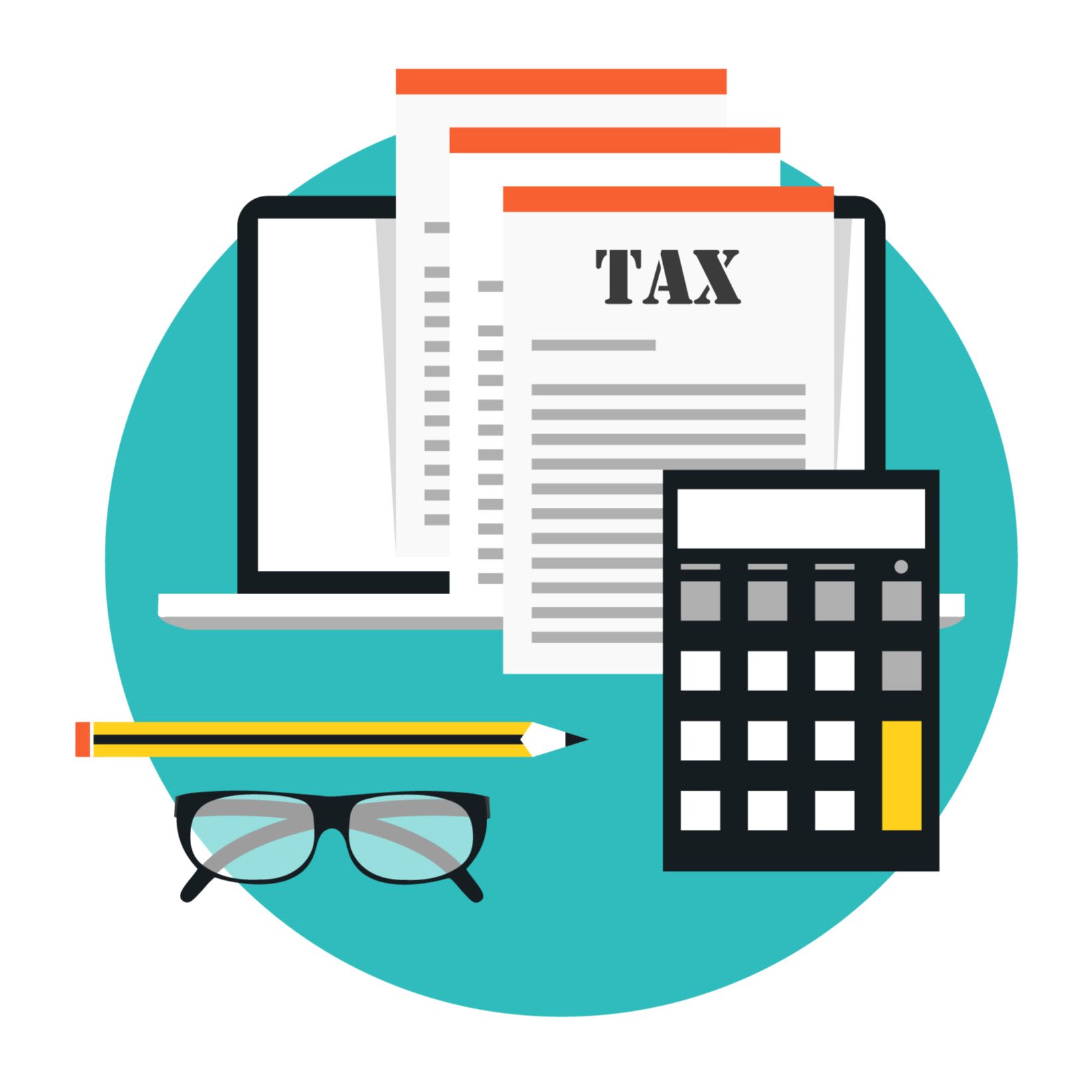Understanding Director's Loan Accounts are and how they work
Published Wednesday, 29th September 2021
What is a director’s loan?
A director’s loan is money a director withdraws from the company that cannot be classed as salary, dividends, or business expenses. It is money that a director borrows from the company and will eventually have to repay.
It is also possible to unintentionally take out a director’s loan, by withdrawing an illegal dividend if the director is also a shareholder. Dividends can only be paid from company profits, so if the company has not made a profit, then legally no dividends can be withdrawn, and the illegal dividend will be recognised as a director’s loan. It is vital that you check the company is making a profit before withdrawing any dividends. Preparing management accounts can help with this.
Taking a director’s loan can be admin-intensive and comes with potential large tax penalties if not paid back in time. They should not be a common occurrence and only used in certain circumstances.
A director can also loan the company money. This may be appropriate if they want to inject money into the company to help with cashflow, but only on a temporary basis.
How much can a director borrow?
There is no legal limit to how much a director can borrow from the company, however, you should carefully consider how much the company can realistically loan without resulting in cashflow problems.
Any loan of £10,000 or more must have interest charged at HMRC’s official interest rate or more, otherwise the discount granted will automatically be treated as a ‘benefit in kind’ and there will be tax implications for both the company and the director.
What is a Director’s Loan Account (DLA)?
The DLA is where you keep track of all the money the director either withdraws from the company or provides money to it. If the company is borrowing more from its director than it is lending, then the account is in credit. However, if the director borrows more than it is lending, then the DLA is said to be overdrawn. It is important to ensure the DLA is either in credit or at least at zero.
What interest is charged on a director’s loan?
It is up to the company what interest rate it charges on a director’s loan. However, for loans over £10,000, if the interest charged is below HMRC’s official rate then the discount granted to the director will be treated as a ‘benefit in kind’ by HMRC.
Class 1 National Insurance (NI) contributions will be payable by the company at a rate of 13.8% (15.05% from April 2022) on the discounted element of the interest. The director will also be taxed on the difference between the official rate and the rate they’re paying (this will be reported on their self-assessment).
If the director decides to charge interest on a loan to the company, then any interest that the company pays is considered income and must be recorded on the director’s self-assessment tax return. The company treats the interest paid to the director as a business expense and it must also deduct income tax at source (at the basic rate of 20%) from the interest paid to the director as well as complete the relevant CT61 Return.
When does a director’s loan have to be repaid?
A director’s loan must be repaid within nine months and one day of the company’s year-end. Any unpaid balance at that time will currently be subject to a 32.5% (33.75% from April 2022) Corporation Tax charge, known as S455 tax. The company can reclaim the S455 tax nine months after the end of the accounting period in which the director’s loan is fully repaid. The process of reclaiming can take an extremely long time, so it is important that you do not end up in this position.
Can a director repay a director’s loan and then take out another one?
A director must wait a minimum of 30 days between repaying one loan and taking out another. Some directors try to avoid any S455 charge by paying off one loan just before the nine-month deadline and then take out a new one. HMRC calls this ‘bed and breakfasting’ and is considered as tax avoidance. Even if there is more than 30 days between repayment and withdrawal of director’s loans, if the director’s intention was to withdraw the loan again after making the repayment, the ’30-day rule’ does not guarantee to satisfy HMRC that they are not trying to avoid tax.
Key points to consider
- Take out director’s loans only when necessary
- Be certain that the company has made a profit before declaring dividends
- Repay the director’s loan within nine months and one day of the company year-end
- Aim to borrow less than £10,000
- If the director borrows £10,000 or more, ensure interest is charged at HMRC’s official rate of interest
- Wait at least 30 days between taking out different director’s loans
- If the director lends money to the company, ensure that both the director and the company use the correct tax treatment
- Do not allow the DLA to be overdrawn for extended periods
The tax implications surrounding director’s loan can be quite complex so ensuring that the DLA is in credit or zero is essential. If you'd like to find out more or require any advice, please get in touch and a member of our specialist team will be more than happy to help.
COPYRIGHT © 2024 CALDWELL PENN LIMITED | Company Reg Number: 03872209 | ICAEW - Institute of Chartered Accountants in England and Wales: C005061064

